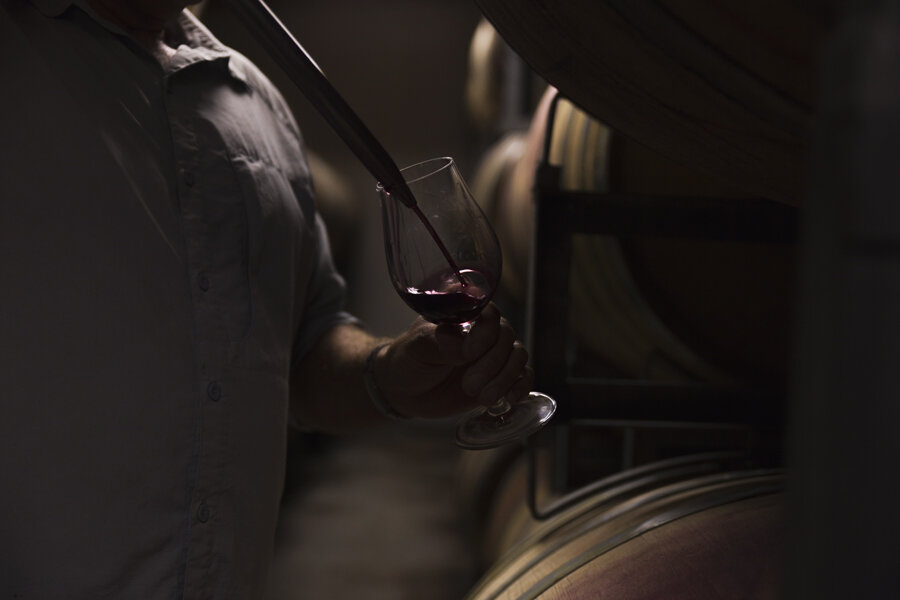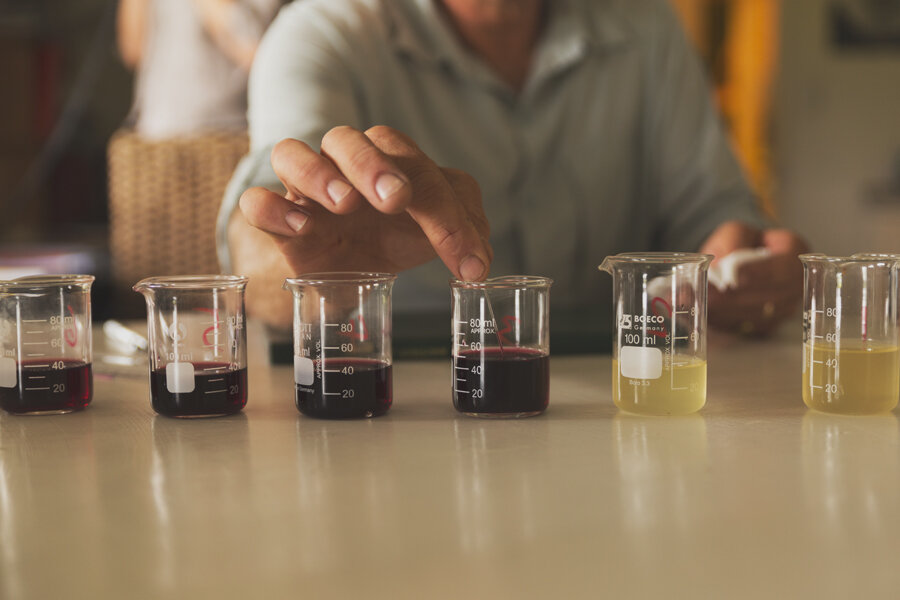PINOT NOIR / eighteen august.
Pinot Noir Day and what of it?
18th August is Pinot Noir Day. Inconveniently it’s a Tuesday but really, every day is Pinot Noir day in our books.
The history
Pinot Noir was given its (French) name because this particular bunch of berries has very tightly clustered, pinecone-shaped bunches of fruit, and the grape is dark and brooding on the vine.
The first documented record of Pinot Noir in Burgundy was in 1345 by Philip the Bold; 1st of the Valois Dukes of Burgundy. The grape had been cultivated since the 1st Century AD — perhaps as early as 500BC.
Fast forward to 1889 New Zealand, when Pinot Noir grapes were first planted at the Mission Vineyards in Hawkes Bay. However, it wasn’t until the 1970’s that the varietal really took off in New Zealand. It was first planted in Marlborough in 1973.
Today, 15% of all grapes planted in New Zealand are Pinot Noir (60% is Sauvignon Blanc) — but if we’re only talking red wine, then 73% all red wine grown in Godzone is Pinot Noir.
The food match
White with white meat. Red with red meat. Right? Wrong.
This is especially true when drinking Pinot Noir. The beauty of this particular berry is it offers an elegant, delicate flavour profile, so won’t be too overbearing even if you happen to pair it with something like fresh snapper. And just quietly, we’re all about chucking the wine matching rules out the window. Drinking wine is about pleasure — filling your glass with something delicious — and if you want to snack on potato chips or a freshly made ceviche while you’re quaffing your Pinot Noir, let no one hold you back!
The value
Pinot Noir is a little pricier than most wines, here’s why;
The pine cone shaped clusters are so densely packed together that the fruit is extremely vulnerable to mould and mildew or rot. It takes a lot of work in the vineyard to nurture the fruit under the conditions Mother Nature has delivered for that vintage.
In addition to being closely packed together, the grapes are extremely thin skinned. That means that they are very susceptible to weather changes. Too hot and the fruit will dry up. Too cold and the grapes will struggle to produce any sweetness. Pinot Noir also requires a huge amount of hands-on labour. The fruit can be trimmed and thinned on the vine four or more times before harvest.
The final huge expense of making good Pinot Noir is the French oak barrels. Barrels cost around $1,200 each. The average barrel holds about 25 cases worth of wine, so just the oak alone amounts to about $4 per bottle. It is worth noting that we don’t use new oak every vintage and we use a combination of mostly older oak while we slowly introduce new oak into the cellar.
So, while you will have to break out a few more dollars to enjoy your Pinot Noir, for the most part it’s absolutely worth it. And at least it’s not as bad as this:
A private U.S. collector took the top lot at the Christie’s fine-wine auction in Geneva, Switzerland, May 17, [2011] scoring a 1945 Domaine de la Romanée-Conti Romanée-Conti for an eye-popping $123,899, besting the high estimate by more than 50 percent and shattering the world record for the highest price ever reached for a 750ml bottle of Burgundy at auction.*
That’s crazy talk of course and who would really spend that on any wine, especially when you can buy our hand-crafted, organic Hunky Dory Pinot Noir for as little as $28, or celebrate with the sparkling version — our Huia Sparkling Rosé made from 100% organic Pinot Noir for $54. It’s your chance to drink alongside the highfalutin without completely breaking the bank.
Order yours today and have it arrive in time for the coming weekend and celebrate that every day is good for Pinot Noir - even Tuesdays!


